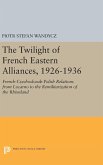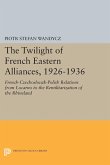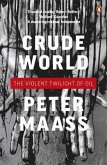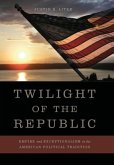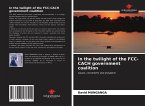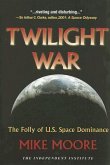It would seem the stuff of a fevered thriller if it were not all true: Street gang members from San Diego recruited by a drug cartel are embroiled in the murder of a Roman Catholic cardinal at the Guadalajara airport. Border guards struggle to resist the relentless temptation, despair, and lawlessness at the international line, while Mexican federal police ride shotgun for drug lords in Chevy Suburbans stolen in San Diego. A tunnel is dug under the U.S.-Mexico border to a cannery where cocaine is to be hidden in cans of jalapeño peppers. An alliance of Asian and Mexican racketeers smuggle hundreds of Chinese immigrants. A factory worker assassinates the probable next president of Mexico during a campaign rally, and the bosses of his own party are suspected of being the masterminds. And in a surreal penal village, inmates live with their wives and children, entrepreneurs run businesses, and gangsters live in luxury. This is the U.S.-Mexico border in the 1990s, in the age of NAFTA-a microcosm of porous borders everywhere between the worlds of wealth and poverty, legal and illegal business, power and corruption, democracy and authoritarianism, hope and despair. Sebastian Rotella's masterful portrait of the border is one you will not easily forget.


